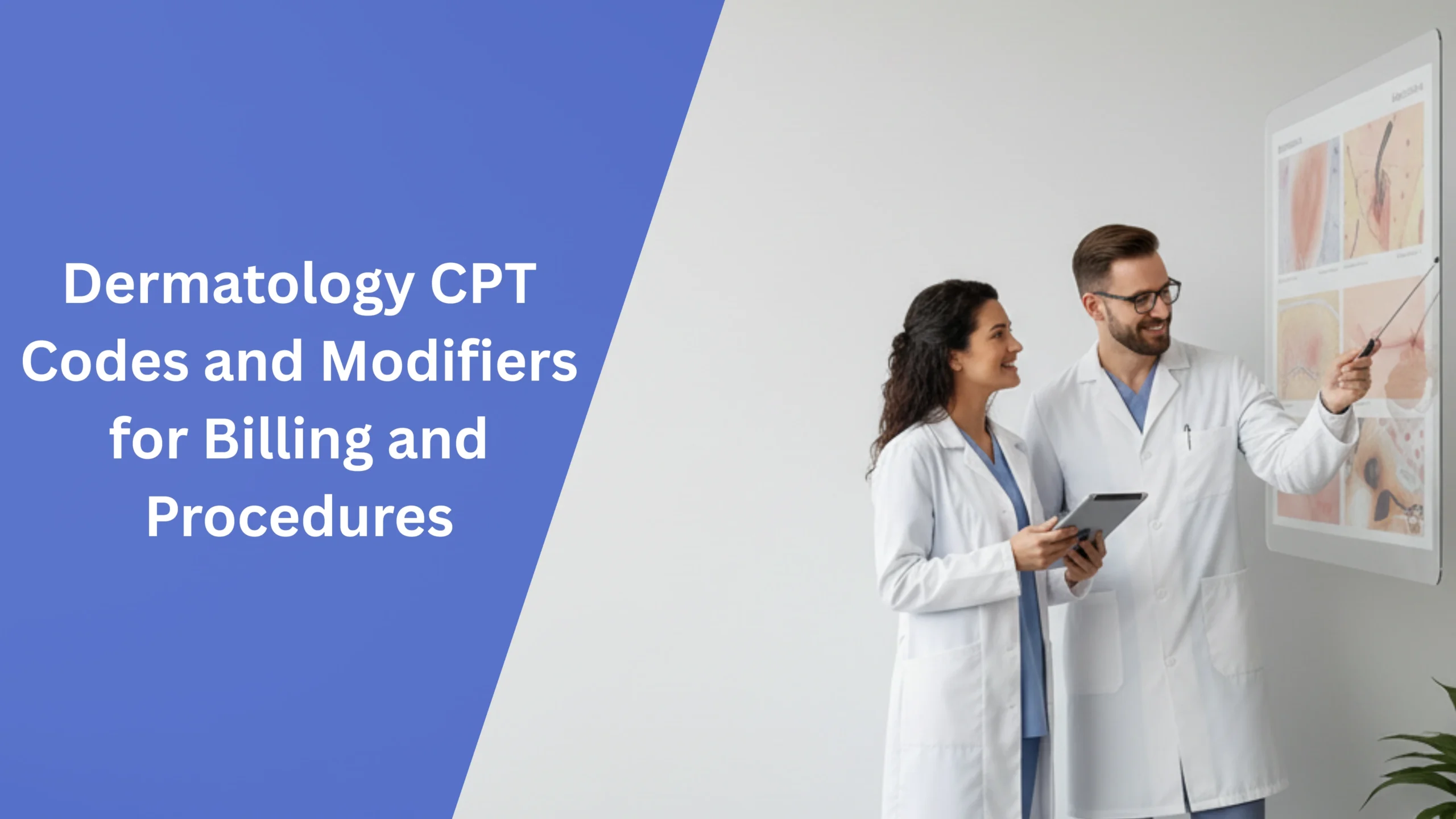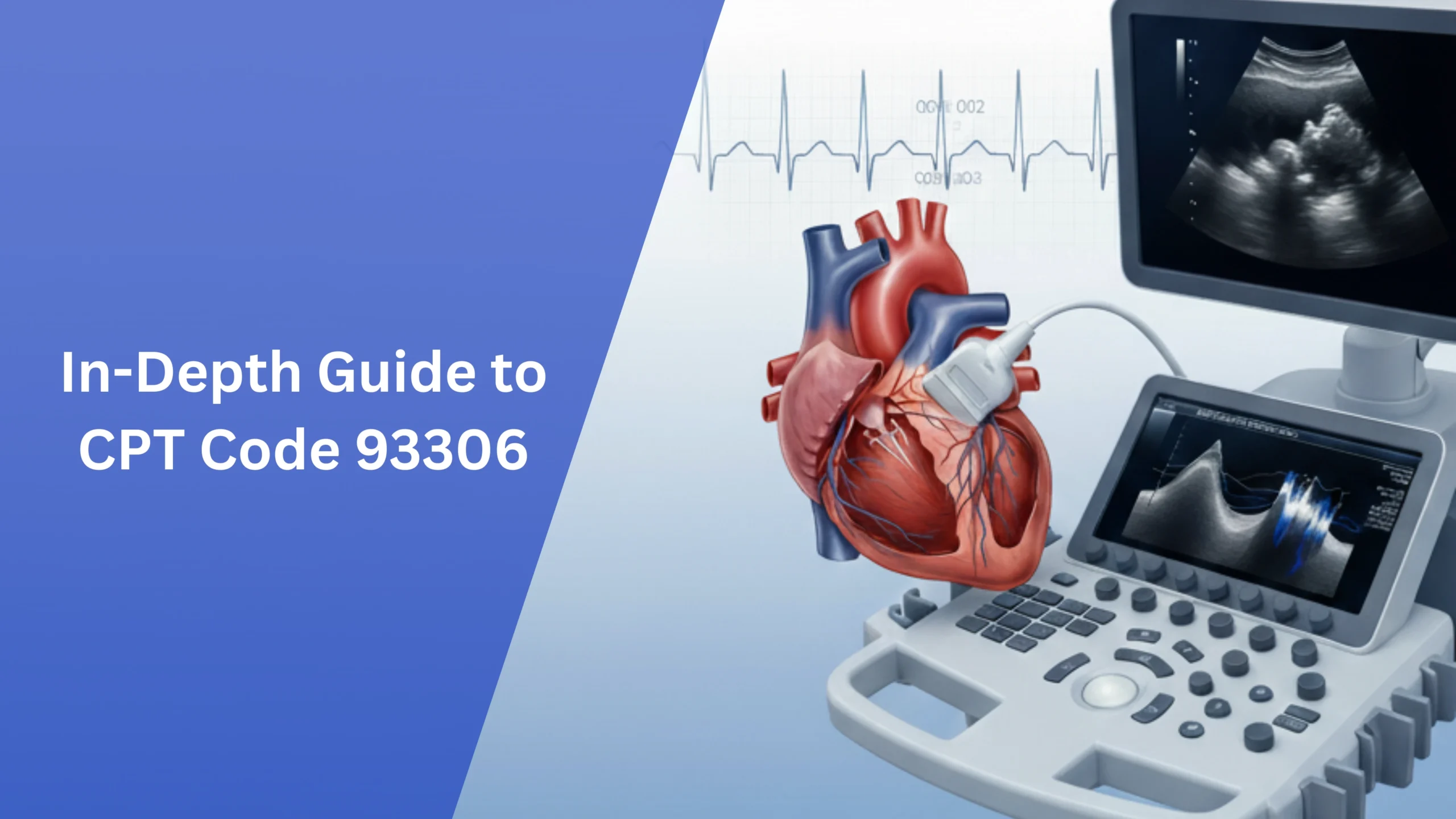Understanding CPT Code 96372 is essential for anyone involved in medical billing and coding, especially for those in settings like primary care clinics, OB/GYN practices, pain management centers, and urgent care facilities. This code is used to report the administration of therapeutic, diagnostic, or prophylactic substances through intramuscular (IM) or subcutaneous (SC) injections. Below,e dive deep into its applications, billing best practices, common denial reasons, and the correct use of modifiers to ensure optimal reimbursement.
What is the Description of CPT Code 96372?
CPT Code 96372 refers to the administration of a therapeutic, prophylactic, or diagnostic substance via subcutaneous (SC) or intramuscular (IM) injection. This code is used for single-shot injections of medications or drugs, which can include treatments for pain management, antibiotic treatment, vaccination (excluding vaccines covered by separate codes), or even diagnostic dyes used in imaging procedures.
- Intramuscular injections are typically administered directly into muscle tissue, ensuring quick absorption.
- Subcutaneous injections are delivered beneath the skin into the fatty tissue, often for longer-acting medications.
This code is widely used by physicians, nurses, and other healthcare professionals under the direct supervision of a physician.
Note: CPT Code 96372 is not applicable for vaccines, chemotherapy drugs, or toxoids, as these have their own specific CPT codes.
When to Use CPT Code 96372
1. Antibiotic Treatment for Pneumonia (Therapeutic)
An elderly patient is diagnosed with pneumonia, requiring urgent antibiotic treatment. Since the patient’s immune system is compromised, the physician administers an intramuscular injection of ceftriaxone (a common antibiotic for pneumonia). The injection is essential both for treating the current infection and for prophylaxis against secondary bacterial infections.
For this scenario, CPT Code 96372 is applicable as it covers both therapeutic and preventive purposes.
2. Naltrexone Injection for Substance Abuse Treatment (Therapeutic)
In a rehabilitation clinic, a patient recovering from opioid addiction receives an intramuscular naltrexone injection to help block the effects of opioids. This medication is typically administered once a month under the supervision of the physician, aiding in long-term abstinence.
This is another scenario where CPT Code 96372 is used because the injection is therapeutic and administered by the physician.
3. Subcutaneous Contrast Dye for Imaging (Diagnostic)
For a lymphangiography procedure, the physician administers subcutaneous contrast dye to help visualize the lymphatic system. This diagnostic injection aids in the detection of blockages, lesions, or lymphatic diseases. However, this injection is generally bundled with the imaging service, and separate billing may not always be allowed.
Common Denial Reasons for CPT Code 96372
CPT Code 96372 is frequently used, but claims can be denied if the following conditions are not met. Below are some common reasons for denials:
1. Incorrect Administration
If the injection was not administered by the physician or under their direct supervision, the claim can be rejected. It’s crucial that the correct healthcare professional is listed as the person performing the injection. This is particularly important in cases where the injection was administered by a nurse or other staff member without proper physician oversight.
Ensuring that the physician’s supervision or direct administration is documented properly is essential for compliance with CPT billing guidelines.
2. Wrong Substance
CPT Code 96372 is not applicable for vaccines, chemotherapy drugs, or toxins (toxoids), as these substances are assigned separate CPT codes. For example, vaccines should be billed with CPT codes 90460-90593, and chemotherapy treatments require the use of CPT codes 96401-96402.
Failing to use the correct code for vaccination or chemotherapy can lead to an immediate claim denial, so it’s vital to check the drug category and HCPCS code before billing. This helps ensure accurate reporting for reimbursement purposes and proper claim adjudication.
3. Bundled Procedures
In certain healthcare settings like hospitals or emergency rooms, CPT Code 96372 may be bundled into a more comprehensive procedure, such as an imaging exam or a surgical procedure. When procedures are bundled, the individual injections cannot be billed separately. Medicare and other insurers often apply bundling rules for injections that are part of larger procedures, meaning CPT Code 96372 would not be reimbursed separately.
It’s important to review payer-specific guidelines and local coverage determinations (LCDs) to ensure that the injection is not already included in the payment for the primary procedure.
4. Inadequate Documentation
Lack of proper documentation is one of the most common reasons for a claim denial. Missing critical details such as the drug name, dosage, or patient diagnosis can result in the rejection of a claim. It is crucial to provide all required details, including HCPCS codes for the drugs administered, to demonstrate medical necessity.
ICD-10 codes that justify the therapeutic, prophylactic, or diagnostic need for the injection should also be clearly listed. Detailed clinical notes from the physician regarding the injection and any supporting documents should be included with the claim submission.
5. Modifier Issues
If multiple injections are administered on the same day, it is essential to use the correct modifier to indicate distinct procedures. Modifier 59 (Distinct Procedural Service) should be applied when CPT Code 96372 is used in conjunction with other procedures or injections that are considered separate and unrelated. Modifiers help provide additional context for billing and are necessary for ensuring that each distinct procedure is reimbursed appropriately.
Without the proper use of modifiers like 59, RT, or LT, the payer may consider the injections part of a larger bundled service, leading to denials or incorrect payment amounts.
How to Use Modifiers with CPT Code 96372
Modifiers help provide additional context to CPT Code 96372 and can clarify complex scenarios where multiple injections or procedures are involved. Here’s a breakdown of common modifiers:
- Modifier 59 (Distinct Procedural Service): Used when multiple injections are performed on the same day, but each procedure is distinct and requires separate reimbursement.
- Modifier RT/LT (Right/Left Side): Essential when the injection is given on either side of the body (e.g., left shoulder or right gluteal muscle).
- Modifier JW (Drug Wasted): Used when part of the drug administered is discarded (for example, if the full syringe amount was not needed).
- Modifier 76 (Repeat Procedure): Used when the same injection is administered at a later time on the same day.
Using these modifiers appropriately ensures that the payer understands the nuances of the procedure, increasing the likelihood of reimbursement.
Billing Best Practices for CPT Code 96372
1. Maintain Detailed Documentation
It’s essential to maintain detailed documentation for every injection administered. This includes the patient’s medical history and the specific reason for the injection, which helps establish the medical necessity of the procedure.
Additionally, the drug name, its corresponding HCPCS code, and the exact dosage administered should be clearly recorded to ensure proper billing and compliance. The physician’s notes, as well as documentation of their supervision, are also crucial to verify that the procedure was performed under the required standards. Proper documentation not only supports accurate coding but also helps avoid potential claim denials.
2. Report One Unit Per Drug
Even if an injection is split into multiple syringes, report one unit for each drug. If two distinct drugs are administered, use the modifier 59 for a distinct procedure.
3. Be Aware of Payer-Specific Guidelines
Medicare, Medicaid, and commercial insurers each have different reimbursement rules. Always verify payer-specific policies before submitting claims to avoid mistakes. For example, Medicare may have local coverage determinations (LCDs) that affect reimbursement for certain types of injections.
Final Thoughts on CPT Code 96372
Accurate application of CPT Code 96372 is crucial for getting timely reimbursements and minimizing denial rates. By following best practices for documentation, understanding the role of modifiers, and being aware of payers’ specific guidelines, you can ensure that this widely used code is applied effectively in your practice.
At Nexus IO, our team Oncology billing services include CPT coding by AAPC-certified coders ensures that every claim is handled with precision, maximizing reimbursement and reducing administrative stress for healthcare providers.


